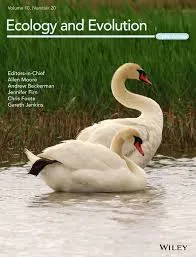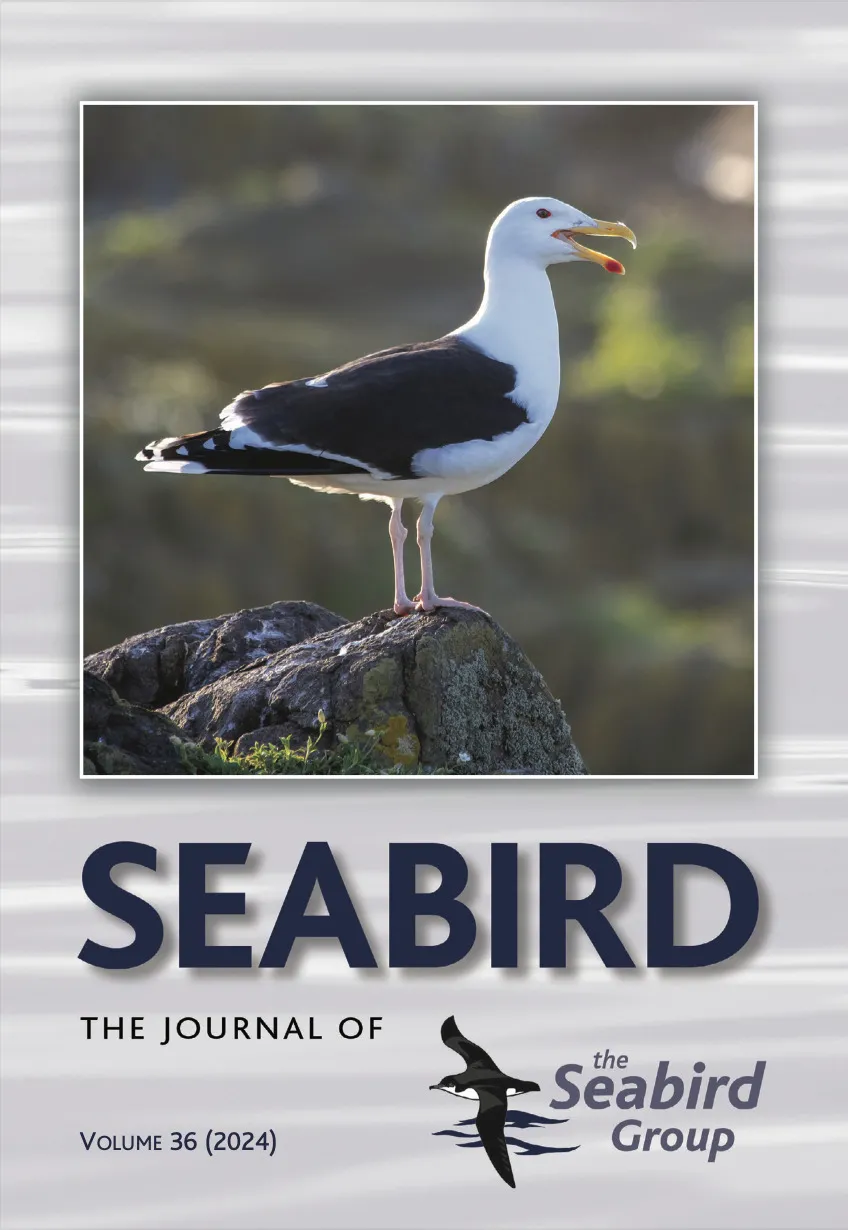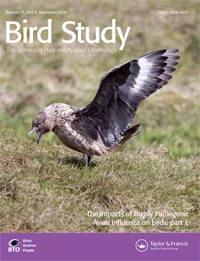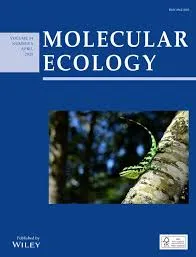BTO publishes peer-reviewed papers in a wide range of scientific journals, both independently and with our partners. If you are unable to access a scientific paper by a BTO author, please contact us.
Search settings
Partial niche partitioning in three sympatric gull species through foraging areas and habitat selection
Author: O'Hanlon, N.J., Clewley, G.D., Johnston, D.T., Thaxter, C.B., Langlois Lopez, S., Quinn, L.R., Boersch-Supan, P.H., Masden, E.A., Daunt, F., Wilson, J., Burton, N.H.K. & Humphreys, E.M.
Published: 2025
GPS tracking of three large gull species from the Isle of May, Scotland, revealed overlap in foraging habitats used during the breeding season, but differences in the where the three species foraged, and the strength of their preference for particular habitats, especially landfills, urban and coastal habitats.
01.07.25
Papers

Diet analysis of Kittiwake and Shag using DNA metabarcoding of faeces
Author: O’Hanlon, N.J., Jardine, D.C., Lennon, J., Svobodova, D., Swann, R.L., Ward, R.M., Humphreys, E.M. & Morrissey, B.J.
Published: 2025
This study used DNA metabarcoding on faeces collected opportunistically during the breeding season, to identify fish and marine invertebrate prey in the diet of Shag and Kittiwake in western Scotland.
17.06.25
Papers

Responding to high pathogenicity avian influenza (HPAI) and the conservation crisis in wild birds – where next?
Author: Atkinson, P.W. & Baillie, S.R.
Published: 2025
HPAI has now affected over 300 avian species globally, including seabirds, raptors, and waterfowl, with significant mortality observed across both hemispheres.
12.06.25
Papers

The genomic signature of demographic decline in a long-distance migrant in a range-extreme population
Author: Day, G.W., Bolderstone, T., Conway, G., Cross, T., Davis, T., Dolan, M., Greening, M., Neale, C., Nicholson, I., Nicholson, K., Ward, A., Ward, N., Fox, G., Hipperson, H., Maher, K., Thompson, J., Tucker, R., Waters, D., Durrant, K., Burke, T., Slate, J. & Arnold, K.
Published: 2025
With increasing sophistication, genetic techniques and analyses are allowing us to delve deep into the past to show how prior environmental or demographic change has influenced species’ present day populations. This is particularly useful for scarce species that are difficult to observe and occupy remote habitats. In many species, large scale reduction in habitat availability has impacted their breeding distribution, which has been exacerbated by habitat fragmentation. Once widespread species become localised and the remaining breeding birds become increasingly isolated, this can result in reduced genetic diversity. This is case the Nightjar, a little-studied species, which has specialised habitat requirements and is located at the western edge of the European range.
05.06.25
Papers

Evaluating the use of carcass and testing data to assess the high pathogenicity avian influenza (HPAI) related mortality in wild birds in the United Kingdom and Crown Dependencies between 2021–2023
Author: Atkinson, P.A., Balmer, D.E., Banyard, A.C., Duggan, J., Falchieri, M., Frost, T.M., Humphreys, E.M., Jones, R., Langlois Lopez, S., Miles, W.T.S., Murphy, M., Owens, R., Pearce-Higgins, J.W., Reid, S.M., Smith C. & Tremlett, C.J.
Published: 2025
21.05.25
Papers
